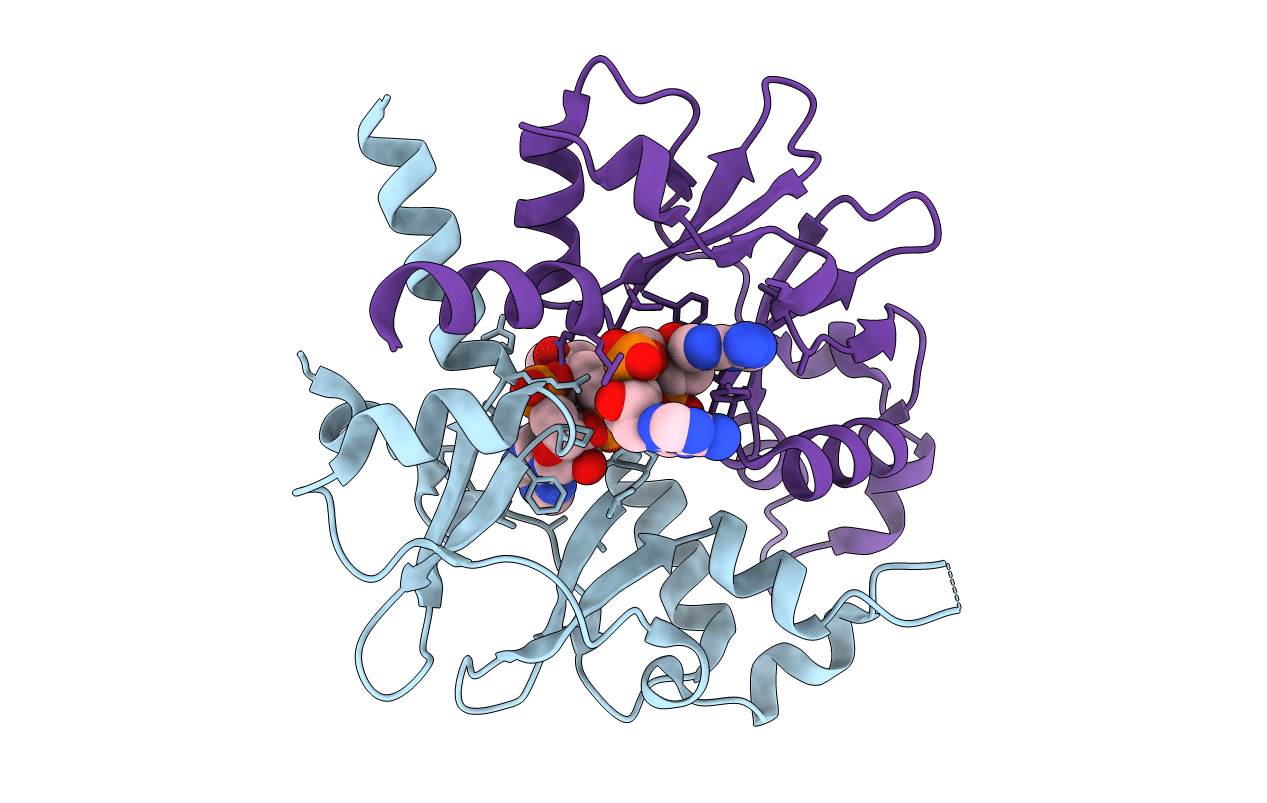
Deposition Date
2020-07-04
Release Date
2020-09-09
Last Version Date
2023-10-18
Entry Detail
PDB ID:
6XNV
Keywords:
Title:
CRYSTAL STRUCTURE OF LISTERIA MONOCYTOGENES CBPB PROTEIN (LMO1009) IN COMPLEX WITH C-DI-AMP
Biological Source:
Source Organism:
Listeria monocytogenes (Taxon ID: 1639)
Host Organism:
Method Details:
Experimental Method:
Resolution:
2.40 Å
R-Value Free:
0.27
R-Value Work:
0.21
R-Value Observed:
0.21
Space Group:
P 43 21 2


